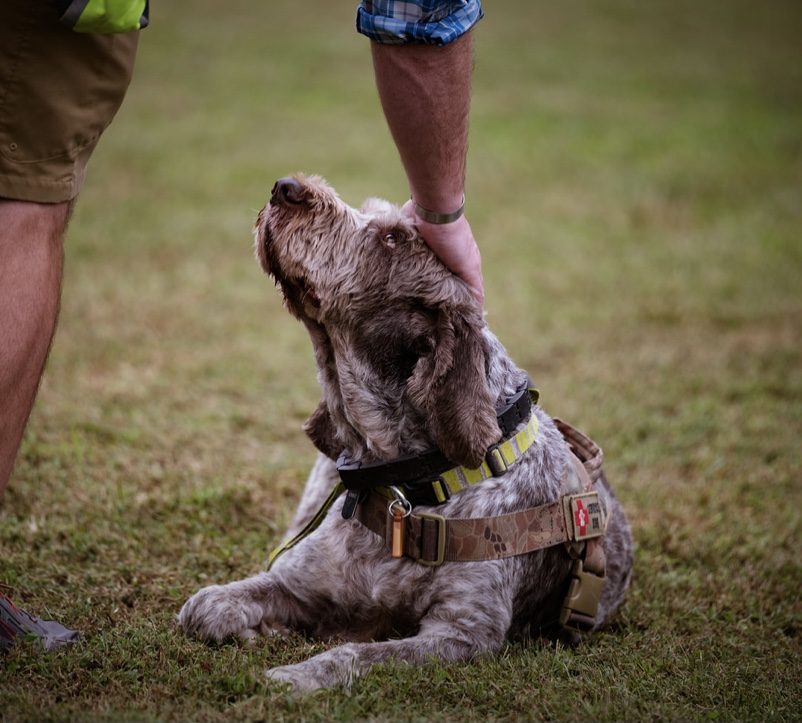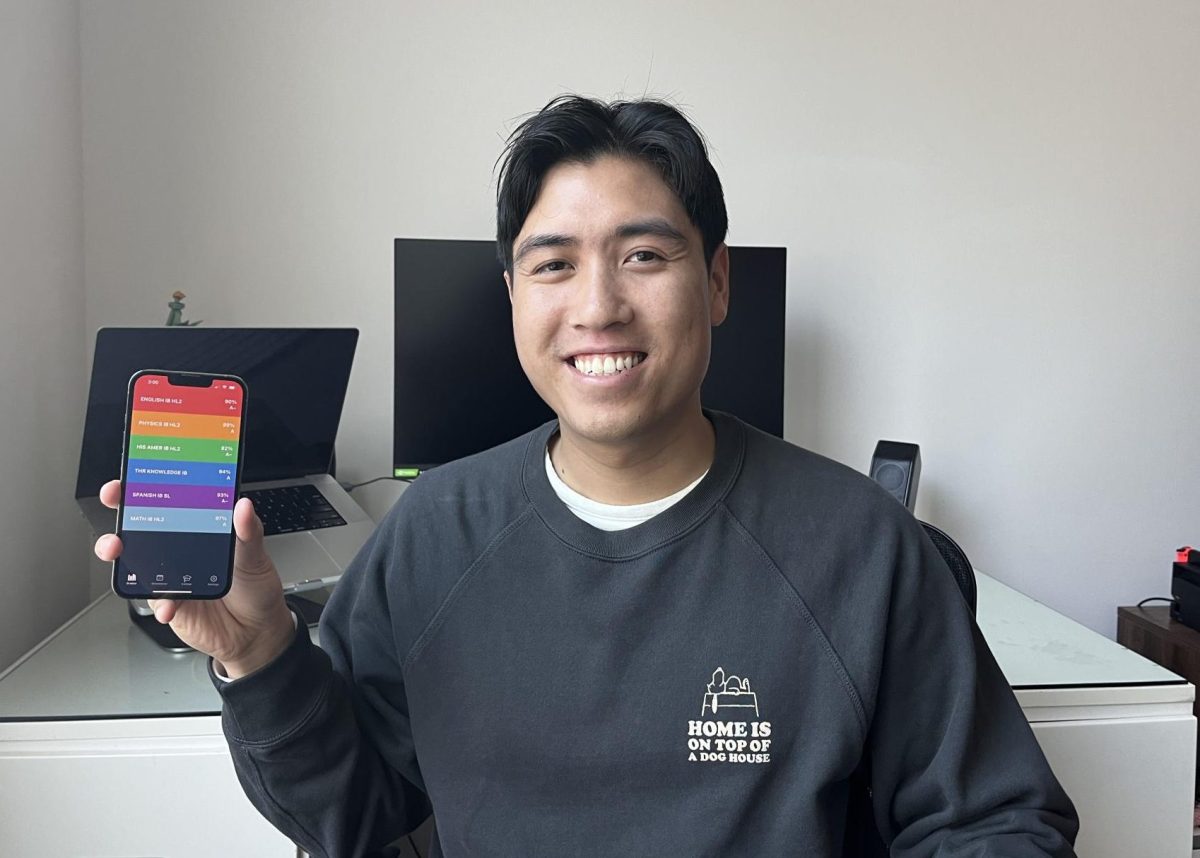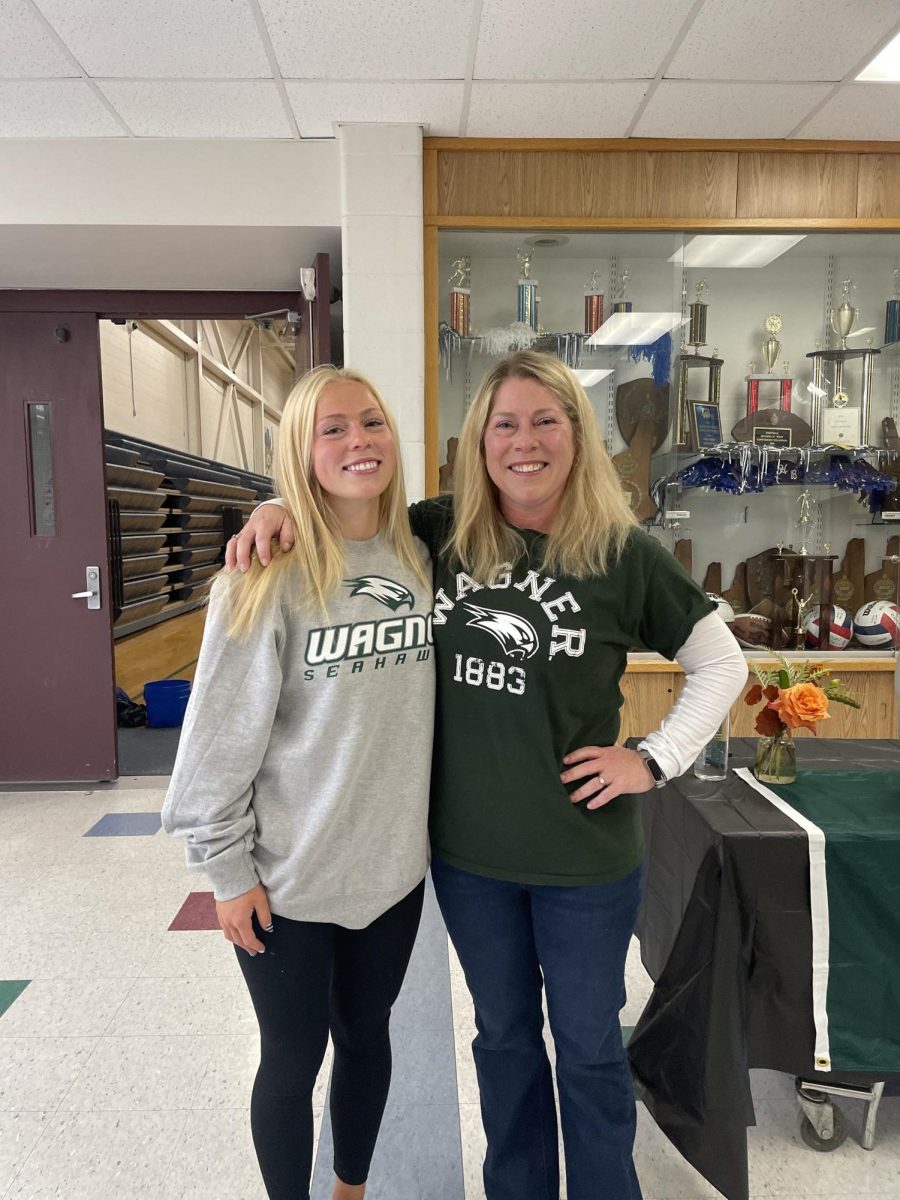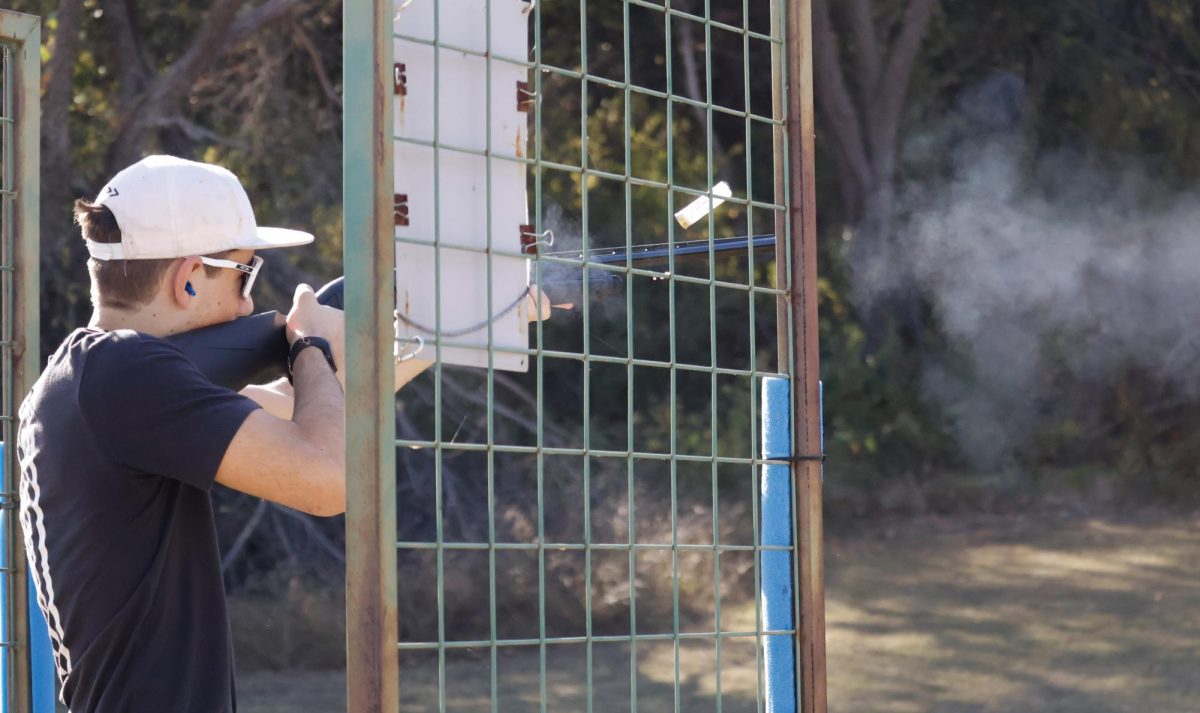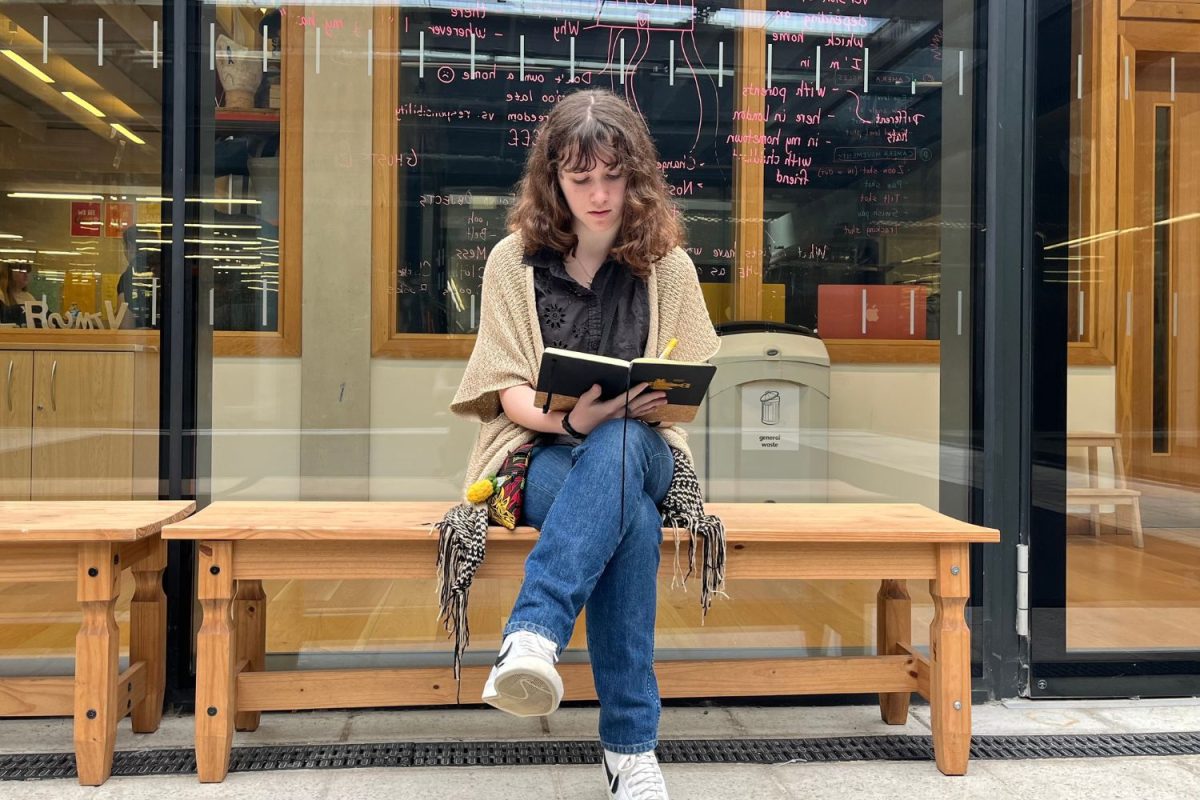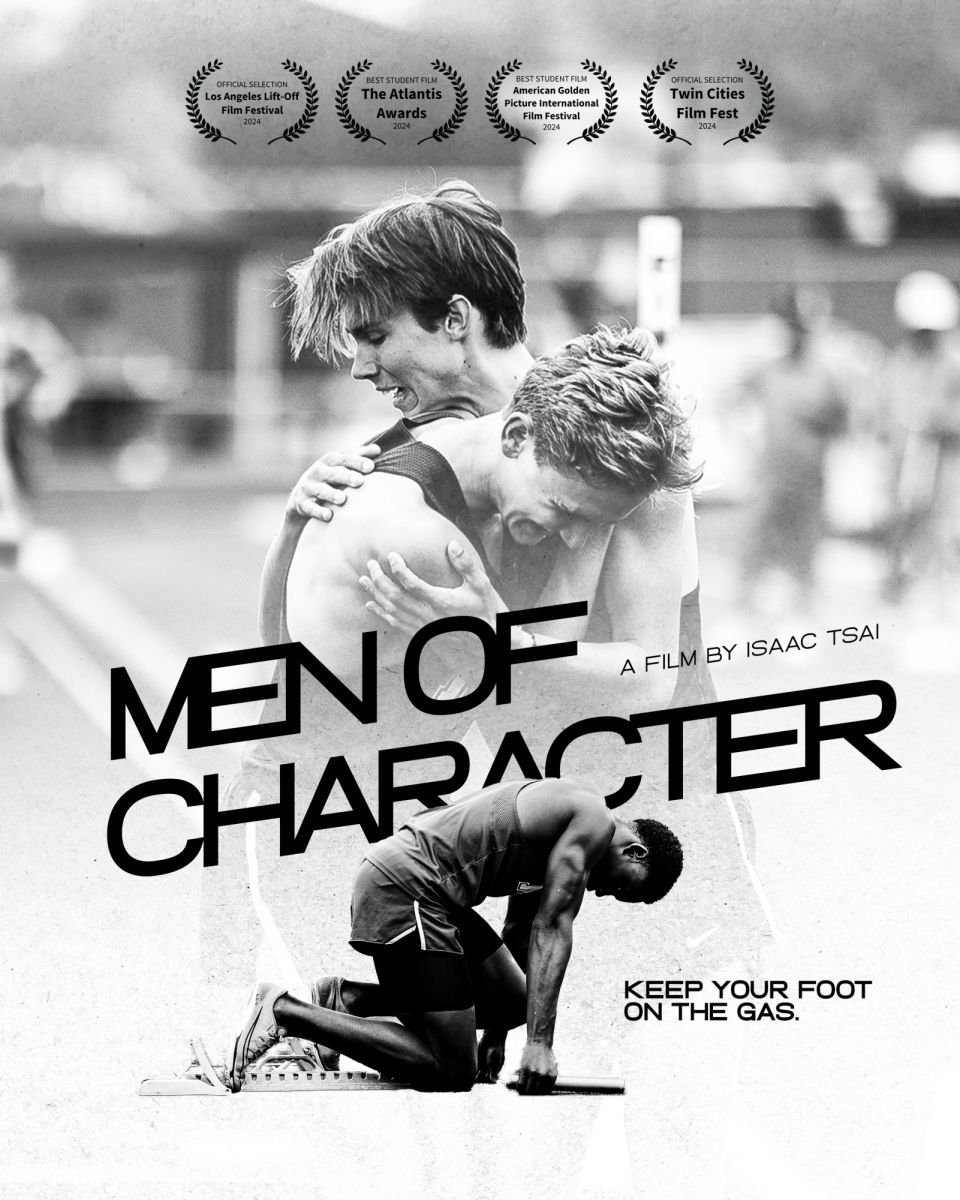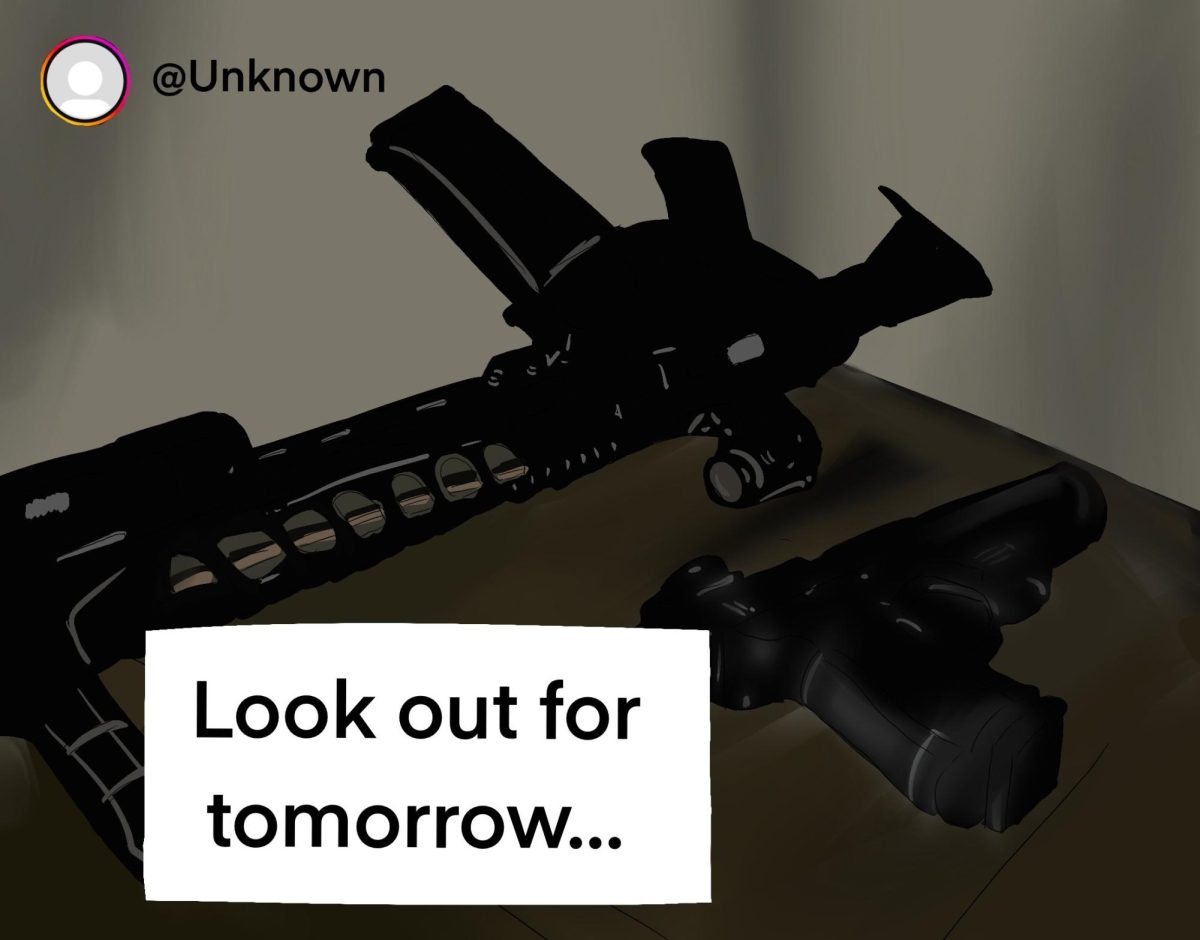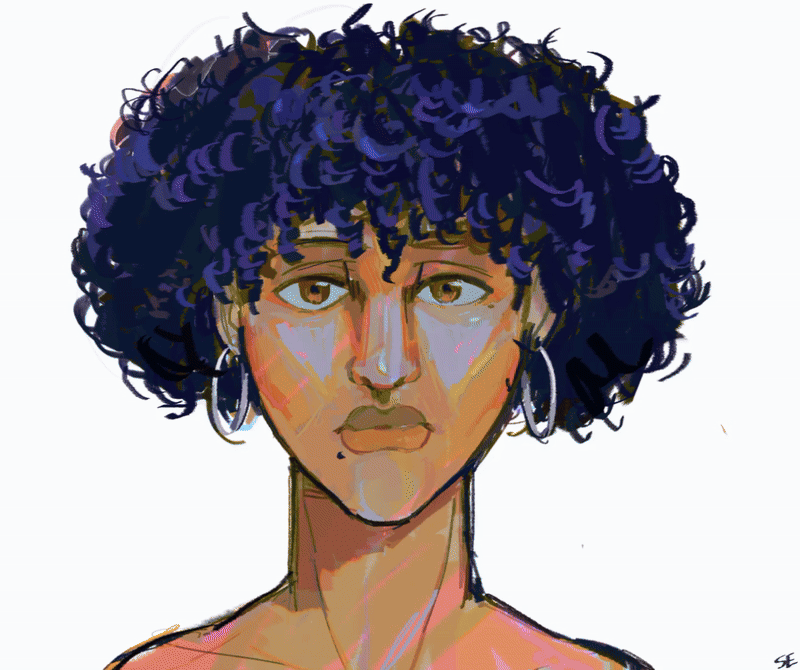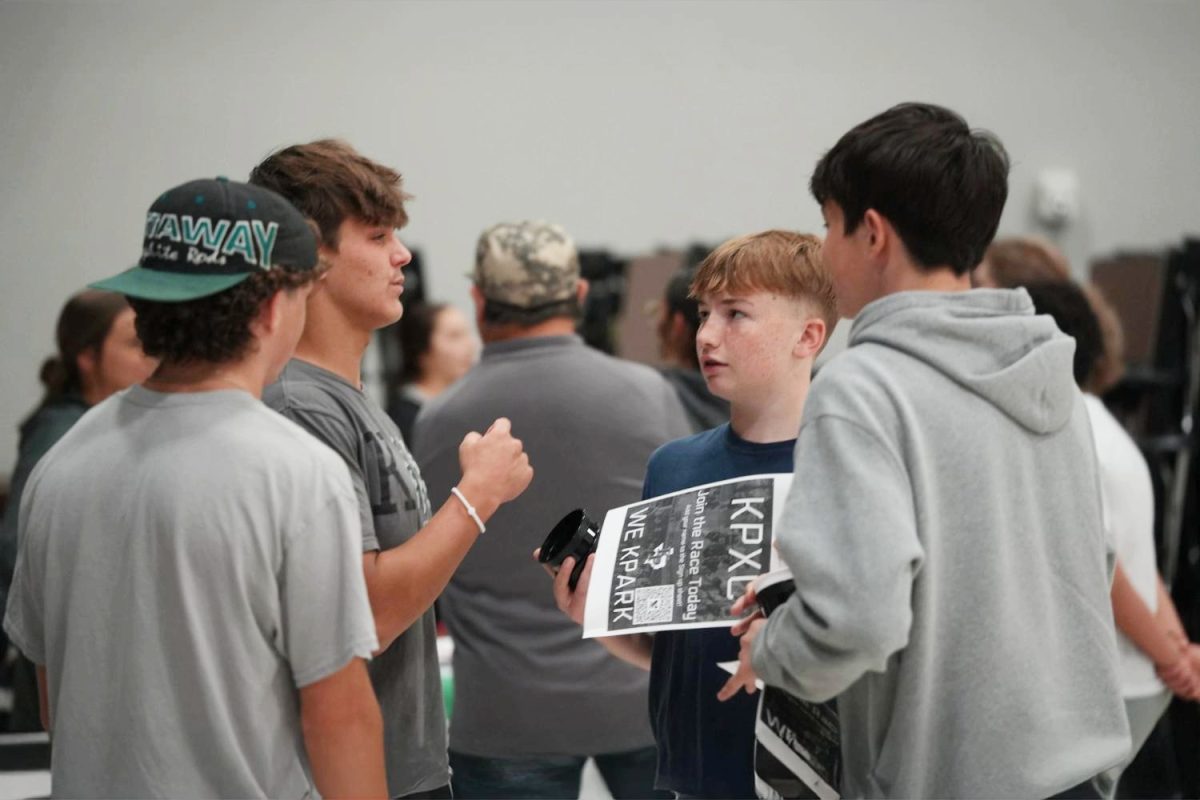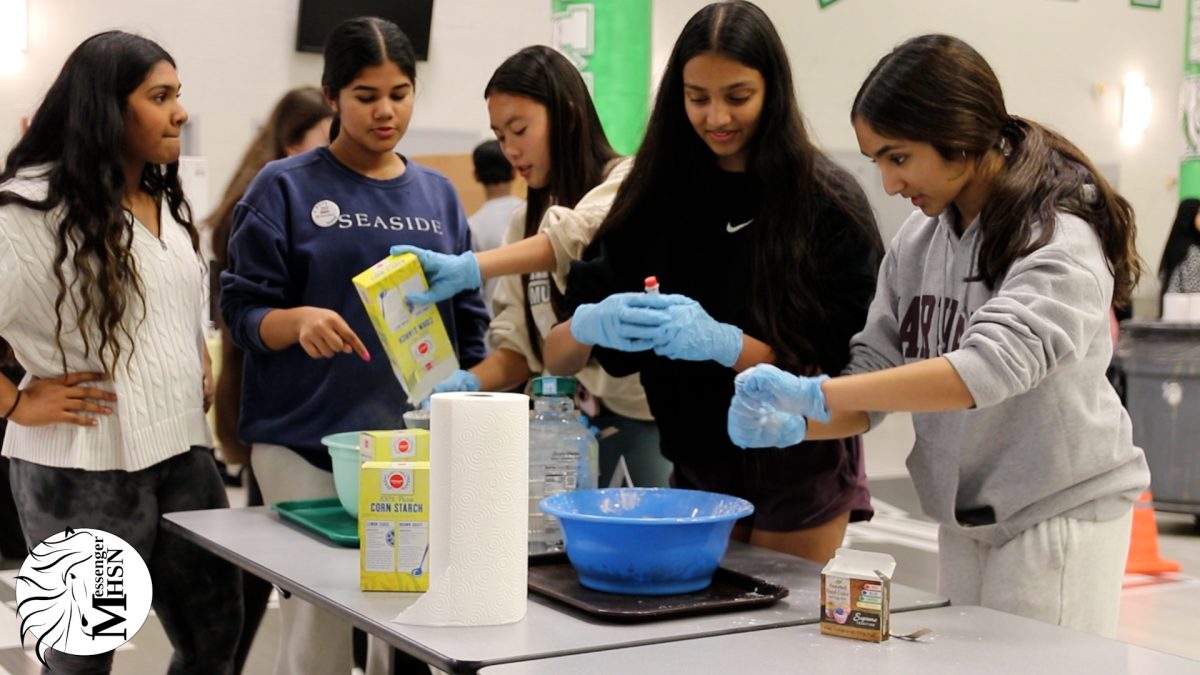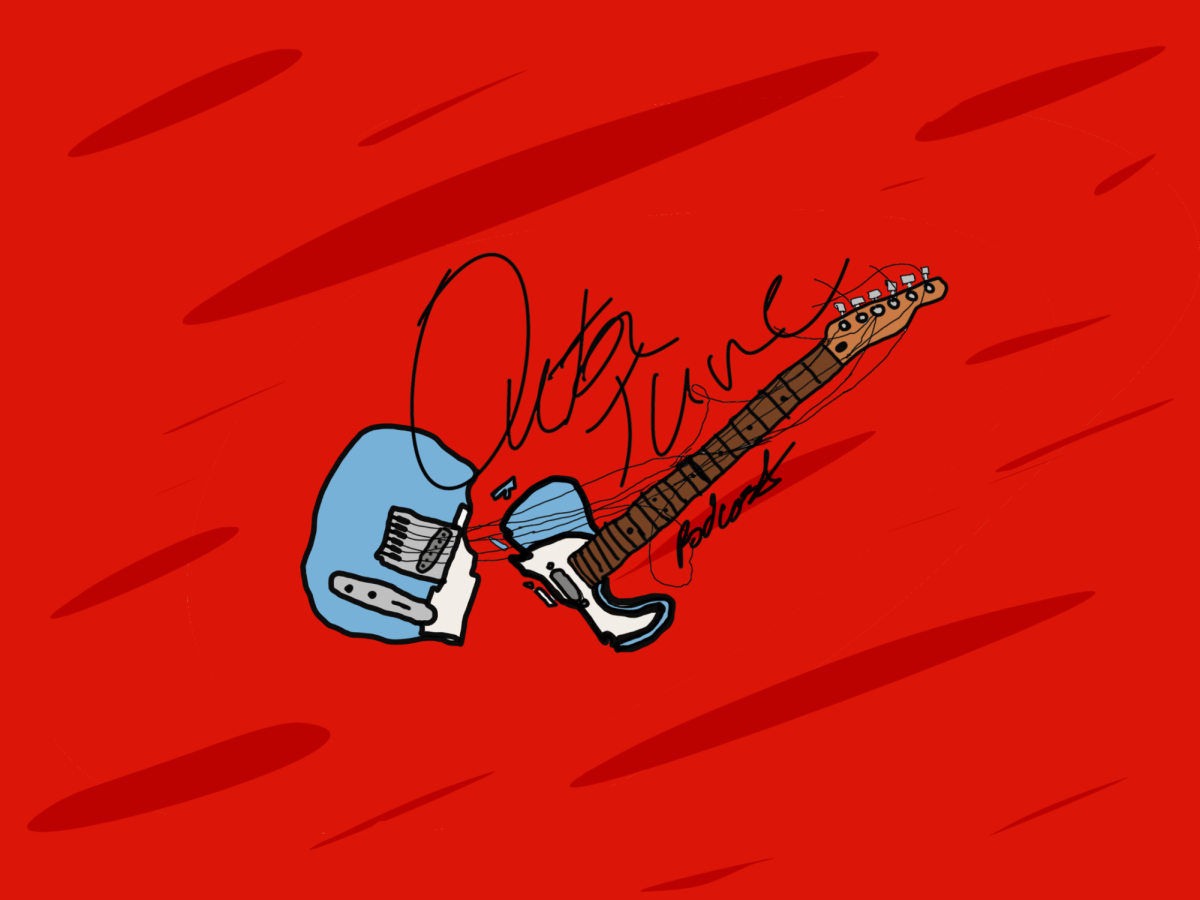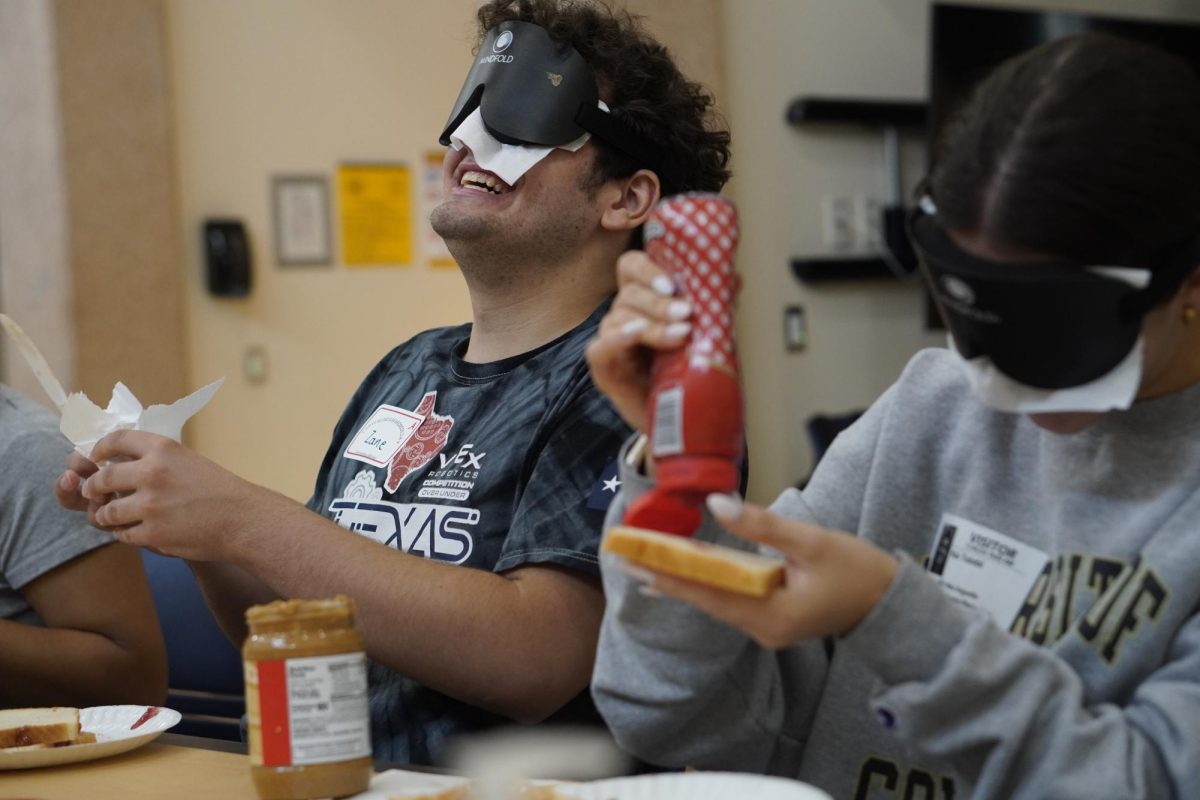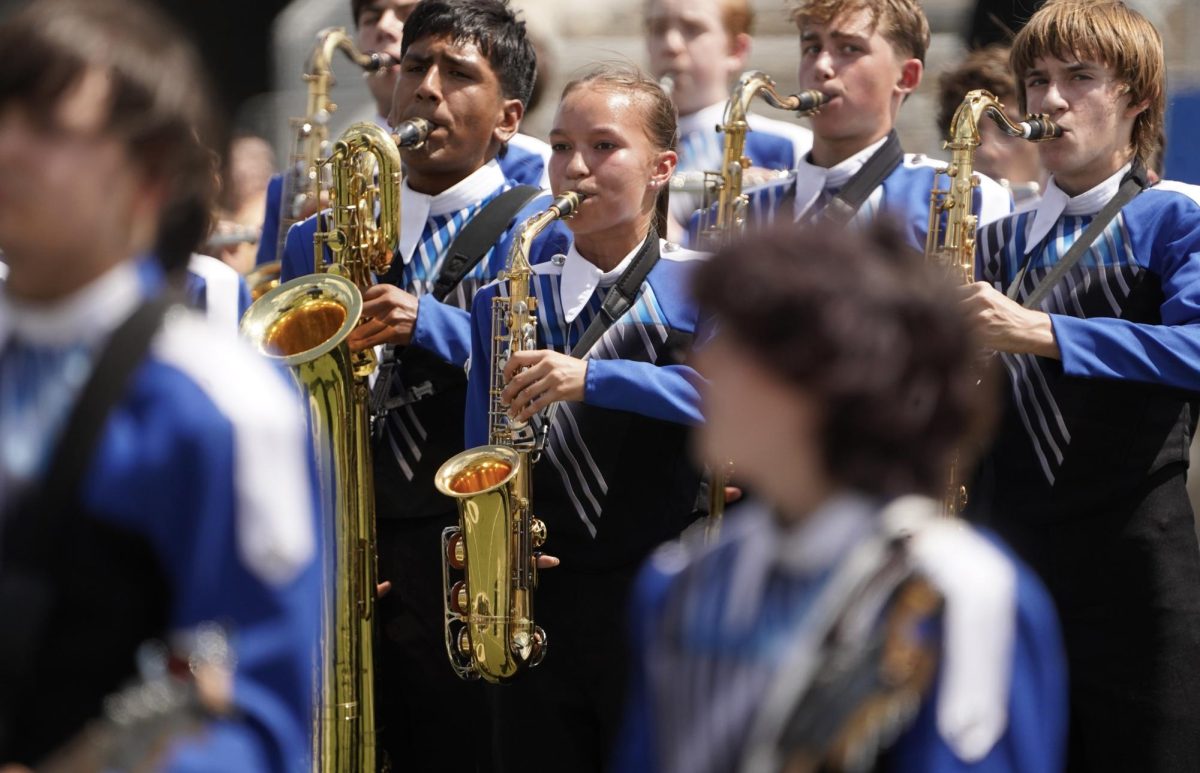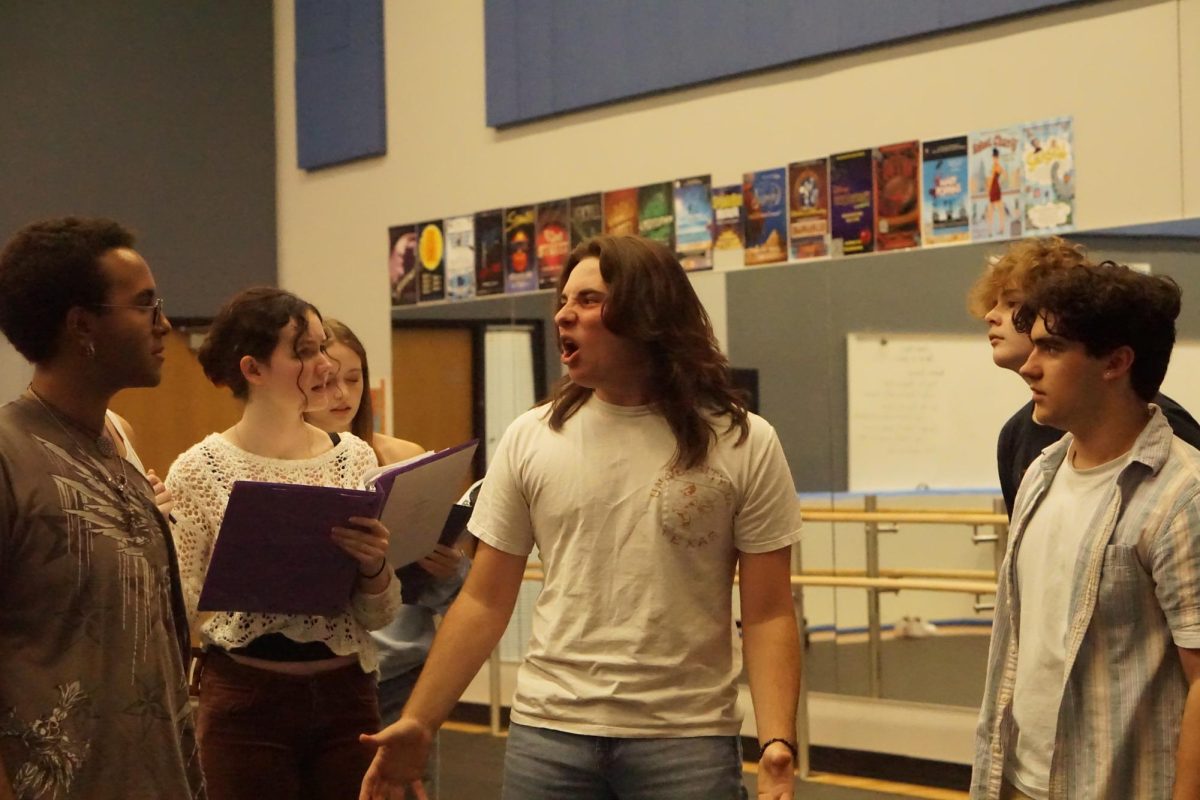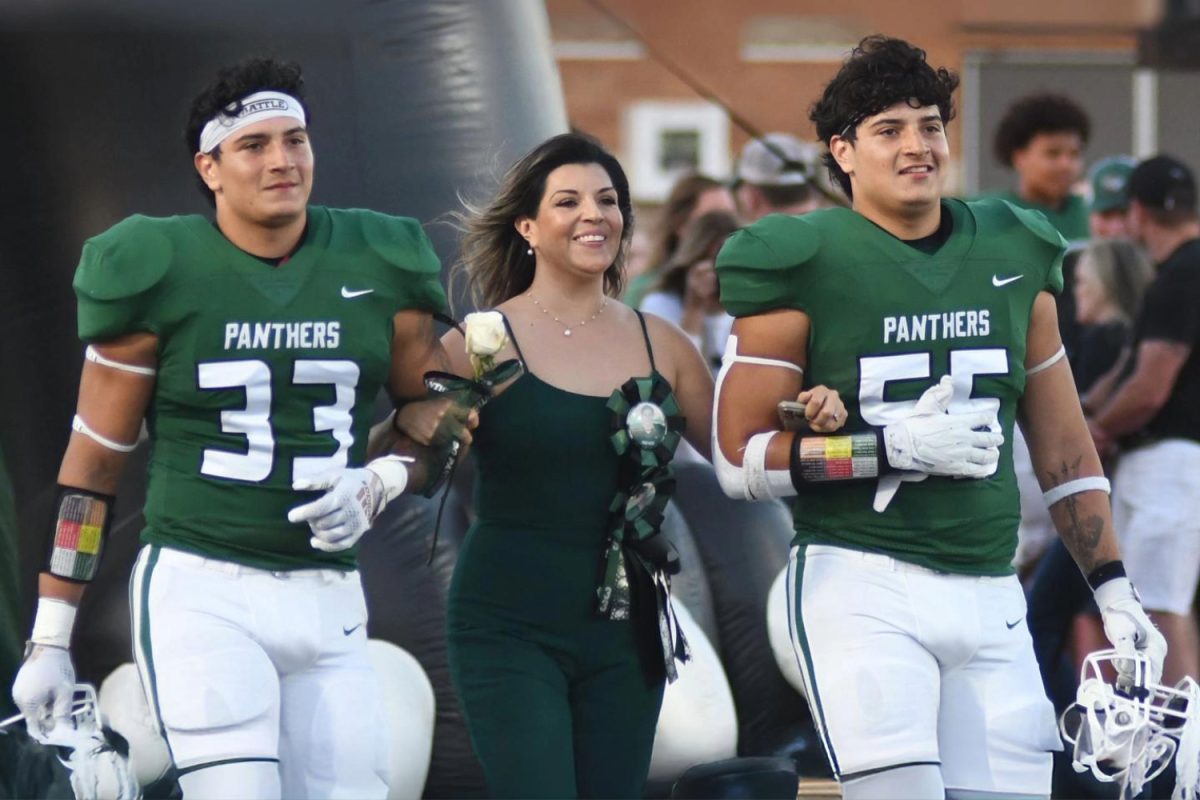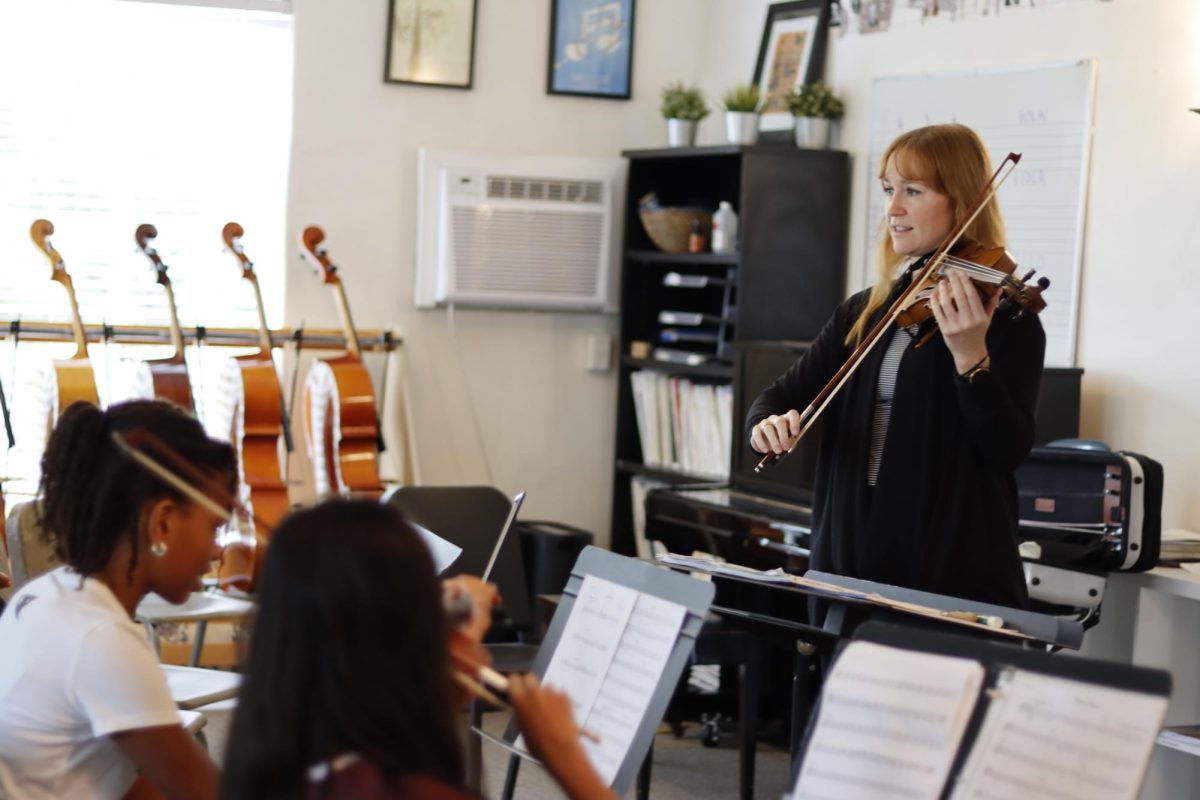Have you ever wondered how practicing yoga can benefit your performance as a musician? As the only Californian with a Timani certification, Archer’s new orchestra director Hannah Murray has the answer to this question. Timani is a Norway specialization that utilizes mindfulness and movement techniques to enhance musical performance and prevent injuries.
Murray fell in love with the violin after watching her neighbor’s niece play the instrument at a block party when she was 4. Consequently, she began her music journey, attending music schools from elementary to high school.
Murray later attended the University of Minnesota, where she played in rock bands and toured extensively. She then pursued her master’s and doctorate at the University of Oklahoma, writing a dissertation on yoga’s benefits for violin players.
“I wanted to understand what we do with our bodies and what musculature we need to make things happen, not what we could use. How can we train our bodies and systems so that students can address and correct any issues later on?” Murray said. “I’ve helped Grammy winners. I’ve helped jazz musicians. I’ve helped so many people that I never would have thought were having pain or discomfort, or people who just felt like ‘I used to move fast, but now I can’t.'”
Yehudi Menuhin was a child violin prodigy who faced physical and technical issues with his playing in his later years. Determined to find a solution, Menuhin realized that he had not fully understood how his body mechanics influenced his playing. This led him to experiment with yoga, which Menuhin said enhanced his musical performance.
Inspired by Menuhin’s journey, Murray pursued a Timani certification, which she integrated into her teaching methods. By taking videos of players and watching them without sound to focus on coordination, Murray is able to identify complications in the student’s playing patterns. She then analyzes the player’s anatomy and uses targeted exercises to improve their performance.
After completing her degrees, Murray moved to Los Angeles and became a musician, playing in orchestras, teaching and performing with bands.
“You’ll meet people in your life, where you might not know them very well, but there’s something about making music that feels kind of magical in a way that you can’t articulate,” Murray said. “Practicing is hard sometimes, and you have to look at the parts of yourself that aren’t the fancy, easy, pretty parts to get better, and that can be uncomfortable, but it can be really rewarding, too.”
Senior Allie Yang plays for the viola section in the upper school orchestra. She said Murray creates an encouraging environment during rehearsals that bridges the gap between conductors and students.
“She tries to make it a pretty pressure-free environment, and I think that’s important for me as a senior because I don’t want to start my last year in [the] orchestra and have it be super intense,” Yang said. “I also think that even if she asks you to play by yourself, it’s never in a way that’s trying to shame you or trying to call you out. It’s always in a way where she’s trying to encourage you and help you get better.”
Murray said that she enjoys seeing the progress students make each week. She said she aims to improve collaboration and communication within each orchestra through body language.
“I’m not the one dictating where all the beats go and you play [along] with me. It’s the way everyone interacts together that creates the experience, and I’m just helping you make sure that happens,” Murray said. “On our last FLX block, I mentioned to my students how we are going to learn how to move like water to create a more powerful sound by setting our bodies up.”
Murray emphasized the importance of maintaining proper posture while playing and encouraged the orchestra to synchronize their breathing and establish eye contact for better cohesion. Beyond these technical aspects, she is also focused on expanding the repertoire for her students. Addy Butler (’30) said Murray is introducing more music for the Metro-Gnomes, the middle school advanced ensemble, which offers them new opportunities to grow as musicians.
“She’s helped me with parts of the music that I’ve been confused about, and she’s helped me discover different aspects of the cello that I haven’t figured out yet,” Butler said. “She also taught me how to read my music and shift positions.”
Unlike typical orchestras, where the first violins usually take the lead, Murray encourages other sections—such as second violins, viola and cellos—to collaborate and build confidence within their sections.
“As a viola, our role is just to stay in the background, try to be as quiet as possible, and let everyone else do the playing. [Murray] said to me yesterday that she wanted me, a violist, to lead the orchestra, and that was very unorthodox for me,” Yang said. “As a senior, I’m not as used to getting pushed out of my comfort zone because I’ve been in the orchestra for the full seven years. She’s not letting that slide, and she wants me to be a more confident player. She recognizes that I’m a senior, and she wants me to be a leader.”
This story was originally published on The Oracle on October 12, 2024.


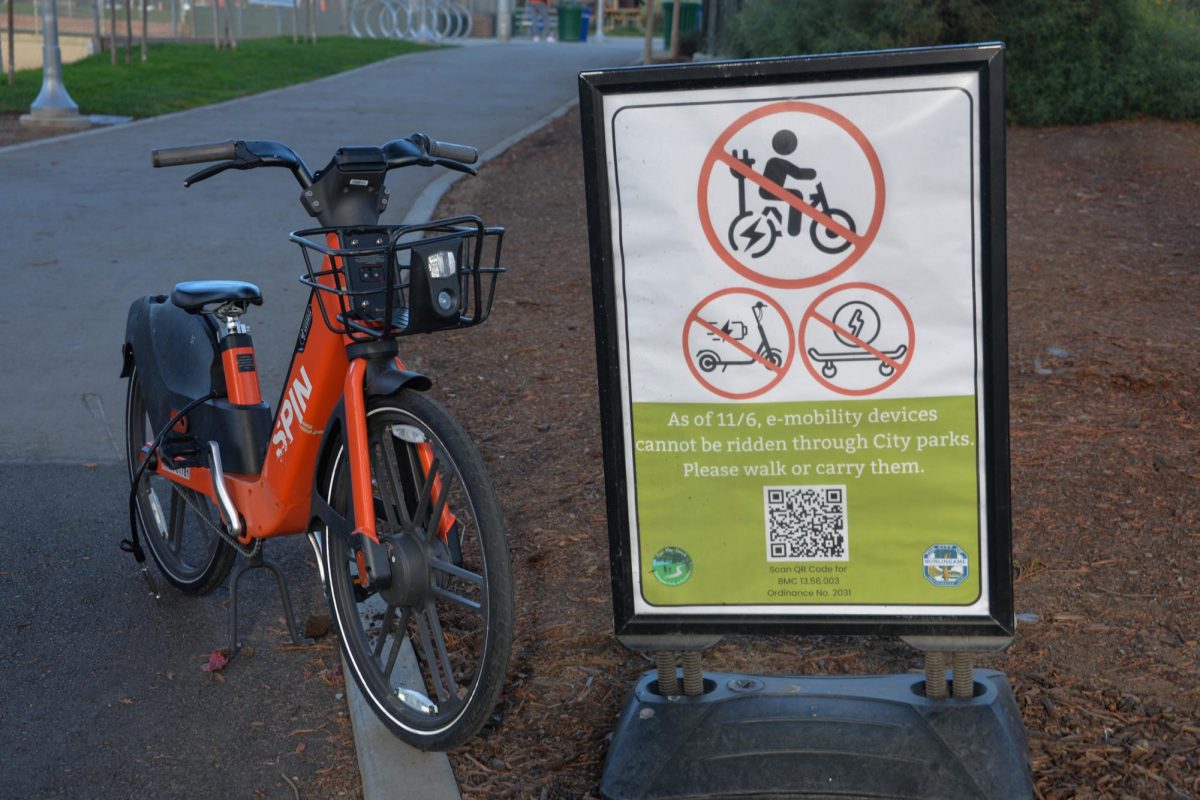
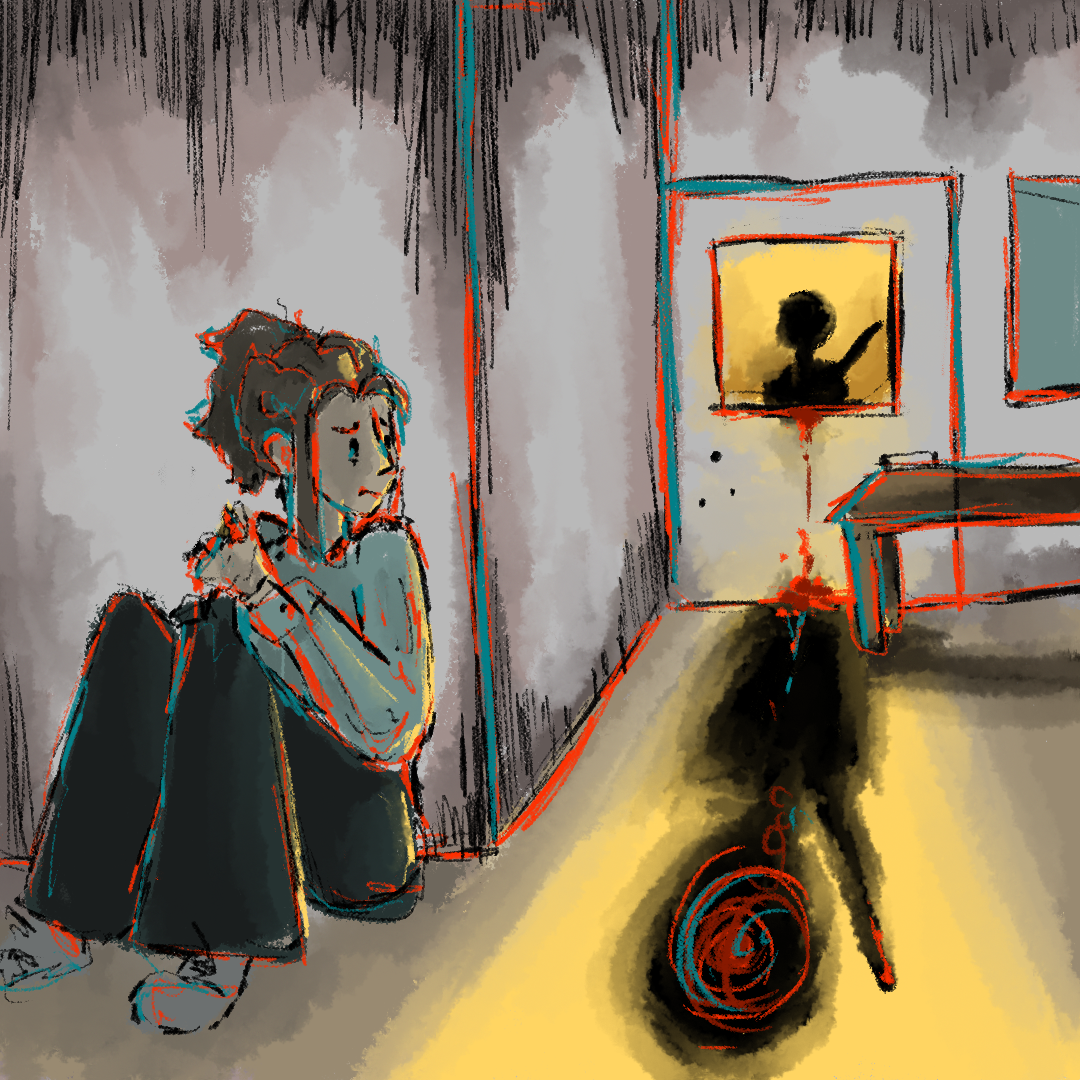
![Holding up T-wolves, the tour group poses for a picture in the Chinese classroom. Sophomore Lydia Ou, junior Phu Trung and senior Yushan Pan gave a tour to Taiwanese diplomat Andrea Yang on Nov. 8. “I was so excited when I heard I would get to give the tour because it’s a big deal,” Ou said. “She’s from the US embassy for Taiwan, so she’s really important. I’m so privileged [to get this opportunity] and I’m so excited.” Photo by Skyler King](https://bestofsno.com/wp-content/uploads/2024/11/Main-Taiwan.jpg)
